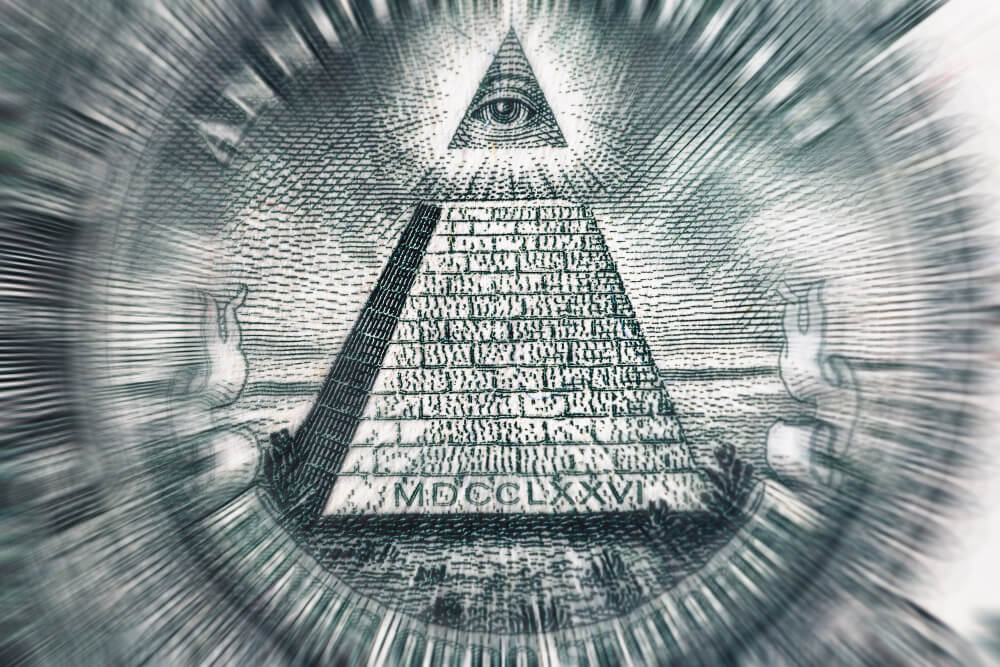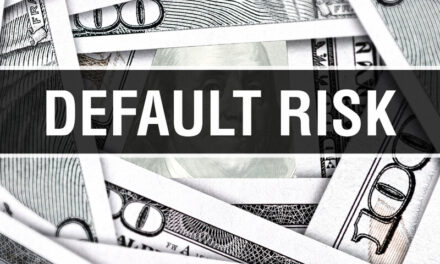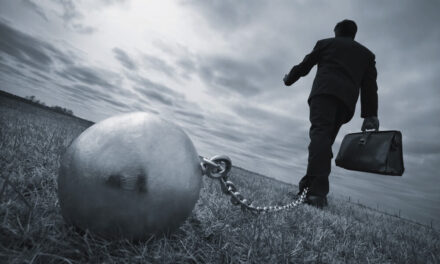POITOU, FRANCE – It was the unkindest cut of all.
Yesterday, the Federal Reserve whittled down its key lending rate by 25 basis points, in what was probably the biggest mistake in Fed history.
Only Mistakes
As you know, the Fed only makes mistakes.
It was set up in 1913 as a backstop for the banking system … to provide emergency funding for otherwise solvent banks.
But in the Great Depression, 10,000 banks went under anyway. And now, the Fed aims for full employment, ever-rising stock prices, recession-free growth, the reelection of all politicians, the enduring admiration of the press and the love of the common people.
By the way, it is also charged with maintaining the integrity of America’s money. But only by undermining the dollar at a near-constant rate of 2% per year, it says, can it achieve its other goals.
Thus, its mission is confused and doomed from the get-go. There is no reason to think that a group of PhD hacks could ever create a single job, let alone millions of them.
Nor have they any way of reforming the business cycle; besides, periodic recessions help clear out dead wood and redirect capital to better uses. And the stock market is meant to discover the correct prices for capital assets, not to go in only one direction — up.
But while it has no hope of real success, the Fed gamely soldiers on … stumbling and bumbling into the valley of death.
It does this by marching to a refrain of old errors. It keeps rates too low for too long. Then, it raises rates when the low rates have done their damage. Finally, it cuts them in a panic when the stock market reacts to the higher rates.
Only Clowns
But this time, the Fed is skipping ahead, committing Mistake No. 3 — cutting rates — for no apparent reason.
The stock market is still near all-time highs, unemployment is at a 50-year low, the economy is still growing — why is the Fed lending money to its member banks as if they all stood on the threshold of Hell?
Fed Chair Jerome Powell struggled to make sense of it. Things were “uncertain,” he said. The world economy might be slowing. The president’s trade war might be a problem. The poor might not find jobs. We might need some insurance against softness.
Then, to the great disappointment of speculators, he described what he was doing as a “mid-cycle adjustment” rather than the beginning of a whole new rate-cutting cycle. This left them puzzled and disheartened.
“What?” they asked themselves. “Doesn’t he know it’s an Inflate or Die situation? Does he want us to die?”
“As usual,” said the president, “Powell let us down.”
For speculators, it was a case of “buy the rumor, sell the news.” Anticipating a rate cut, they had been front-running the Fed. They were sure the Fed would cut rates, but they ran a little too far ahead.
As the news came out, they turned around and took their profits … if there were any. The Dow fell more than 400 points and ended the day 333 points down.
The whole show was shameful and imbecilic. There were no heroes. Only clowns.
The Real Stuff
And here, Dear Reader, we will let you in on a real secret — honest capitalism depends on honest capital. Real capital. Not made-up, phony-baloney, mock capital lent out at ersatz rates dictated by numbskulls.
Capitalism needs the real stuff. Real capital, real markets and real prices. It especially needs a true price for capital itself, interest rates.
Real capital is more than pieces of green paper … or electronic notations from the central bank. It is savings. It represents real wealth that has been set aside, rather than consumed.
For most of our time on Earth, we humans had no capital. We lived hand to mouth. Many people still do. But living hand to mouth is not the way to get rich. If you’re going to get richer, you need to earn more than you spend. The difference is savings.
That’s why capitalism began in the Neolithic Period (about 8,000 years ago), not the Paleolithic (2.6 million years ago). It was the first time mankind had any surpluses to save.
These savings not only helped us avoid starvation, they gave us something to work with to build more wealth.
A farmer with surplus grain, for example, could exchange it for a laborer’s time, use it to clear more land, and produce more grain.
But he couldn’t pay the laborer with fake grain. It had to be real. And the “price” of his labor had to be real too. Try to cheat him and he might turn his axe on you.
Centuries later, Wall Street could draw together these real savings from all over the nation and finance railroads and factories; it was the biggest growth spurt the world had ever seen.
But now, since the feds have been working so hard to improve the economy, growth rates are only about half of those from the 1960s and ’70s.
Wages have gone nowhere for 40 years; men with a high-school education or less actually earn about 16% less than they did in 1975. There are fewer new businesses starting up. And fewer IPOs.
What went wrong? Did the gods turn against us? Why has the working man made no progress? Was it a failure of capitalism? Or has he been cheated?
Regards,
Bill
• This article was originally published by Bonner & Partners. You can learn more about Bill and Bill Bonner’s Diary right here.




